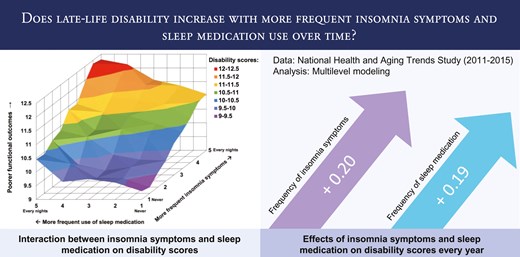2025-04-18 京都大学
<関連情報>
- https://www.kyoto-u.ac.jp/ja/research-news/2025-04-18
- https://www.kyoto-u.ac.jp/sites/default/files/2025-04/web_2504_Ueno-d037698c1771be6169f1c02cc0dcf677.pdf
- https://equityhealthj.biomedcentral.com/articles/10.1186/s12939-025-02467-6
データ駆動型アプローチによる日本の生活保護受給世帯の子どもへの支援策の検討:テーラーメードの医療・福祉ケアを確立するための混合法研究 A data-driven approach to detect support strategies for children living in households receiving public assistance in Japan: a mixed methods study to establish tailor-made health and welfare care
Keiko Ueno,Daisuke Nishioka,Shiho Kino & Naoki Kondo
International Journal for Equity in Health Published:16 April 2025
DOI:https://doi.org/10.1186/s12939-025-02467-6

Abstract
Background
Child poverty adversely affects children’s health and social lives. Children in households receiving public assistance have diverse needs regarding their health and lives Therefore, they require tailored support interventions based on individual sociodemographic backgrounds and other personal attributes. However, to the best of our knowledge, no study has identified distinct segments of these children using self-reported data or evaluated the health and social support strategies for the obtained segments. This study aimed to apply a clustering technique to quantitatively identify the distinct segments among children in households receiving public assistance, qualitatively describe the segment characteristics, and suggest potentially effective health and social life support strategies for each segment.
Methods
In the quantitative phase, we used the probabilistic latent semantic analysis (PLSA), a machine learning-based soft clustering method, to identify the segments of children aged 10–15 years in households receiving public assistance. We used the segments obtained in the quantitative phase to subsequently conduct seven semi-structured interviews and one focus group with professionals supporting children with complex needs. The interviewees were asked to describe the segment characteristics and propose health and social life support strategies for each segment.
Results
In total, 1,275 children were included in the quantitative analysis. PLSA identified all the segments with distinct characteristics that made sense to professionals who supported children in households receiving public assistance, confirmed by qualitative findings: e.g. “children who can do things on their own” (Segment 1), “children living in a facility” (Segment 2), “children who are in hikikomori (social withdrawal)” (Segment 3), “children who cannot be bothered to answer conceptual questions about themselves” (Segment 4), and “children from households with intergenerational public assistance use” (Segment 5). The qualitative findings also suggested various support measures not only for physical health but also for the social and mental health of children in households receiving public assistance, for example, “financial support for higher education” for Segment 1, and “whole family support” for Segment 5.
Conclusions
Children in households receiving public assistance can be categorized into distinct segments and would consequently benefit from tailored support strategies for their health and social lives.


